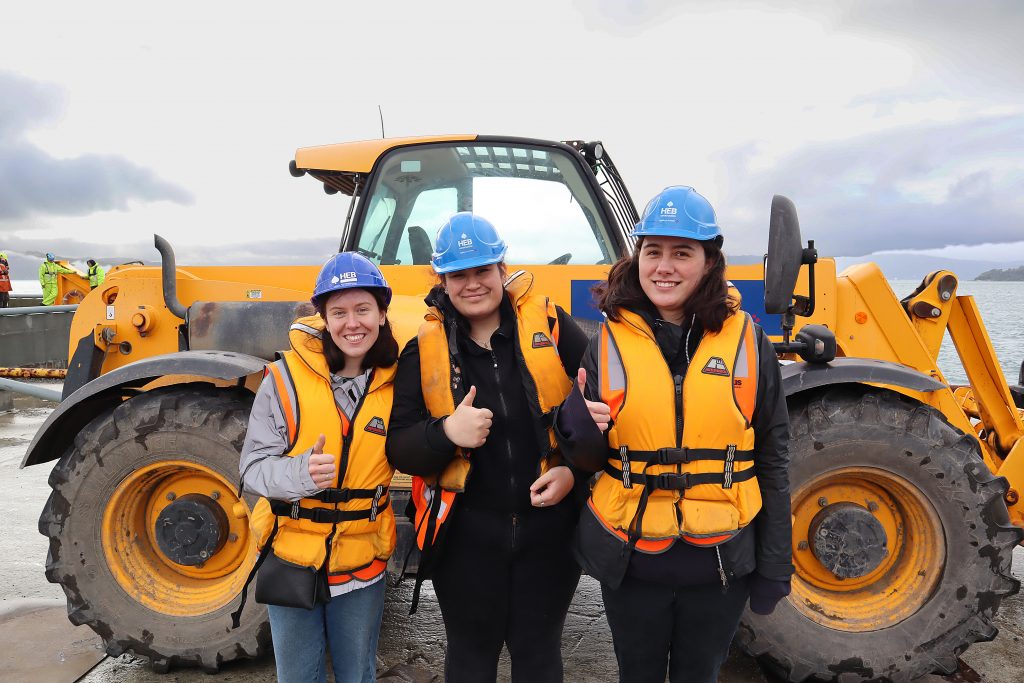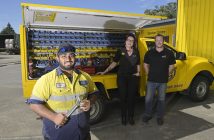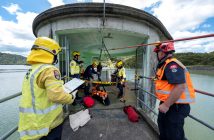New Zealand’s female secondary students have had a taste of careers in the infrastructure sector – and they’ve loved it

‘Girls with Hi-Vis’ (GWHV) has seen events held nationwide throughout June to offer young women the opportunity to visit infrastructure companies in their region with their school, to try first-hand some of the skills the sector requires and to hear from other women already succeeding in the industry.
The ultimate goal of GWHV is to attract more women into trade and technical roles in infrastructure industries of Civil, Energy, Telco and Water, where skills shortages are critical, and where women are under-represented in the workforce. For example, less than 14% of the civil construction workforce are women, compared to 46.8% of New Zealand’s total workforce.
Around 400 students from more than 60 schools attended dozens of GWHV® events around the country hosted by infrastructure companies. Events were held in Auckland, Waikato, Bay of Plenty, Gisborne, Hawkes Bay, Wellington, Christchurch, McKenzie, Otago and Southland.
GWHV is an initiative of infrastructure training provider Connexis, which arranges, delivers, supports, and assesses work-based infrastructure learning as a division of Te Pūkenga, New Zealand’s largest tertiary education provider.
Connexis director Kaarin Gaukrodger says young women making career decisions often don’t realise a career in the infrastructure sector is even an option for them.
“Jobs within infrastructure beyond administration haven’t traditionally been presented as an option to young women considering their career options. Yet, every year we see at GWHV that the opportunity to work in a varied, active and often physical job, working as part of a team, and challenging their minds with problem solving really enthuses the students.
“Working in infrastructure also involves travelling to remote parts of New Zealand that a lot of people never get to see and importantly earning a good income, and gaining a tertiary qualification while training on the job,” Gaukrodger says.
“Given the shortage of skilled workers across infrastructure and the lack of gender diversity, making infrastructure appealing and accessible to today’s female high school students will be essential to the successful completion of New Zealand’s major infrastructure projects. Females bring a different perspective to the industry and this will be crucial to stepping up New Zealand’s infrastructure for the future.”
She adds that females bring valuable diversity of thought to the workplace and while the industry needs more skilled workers the future of work with environmental and technological changes means they need innovation and new ways of working, and this is where females are key.
An estimated 44,000 additional workers are needed over the next five years to complete roading projects, water pipe upgrades, power line maintenance and fibre installation projects, among others.
“GWHV events not only make students away of infrastructure career possibilities, they connect the students with potential future employers in their local region so they have a tangible path to follow,” Gaukrodger says.
“And they’re able to see for themselves how the work these different infrastructure companies are doing, benefits them and their local communities.”







